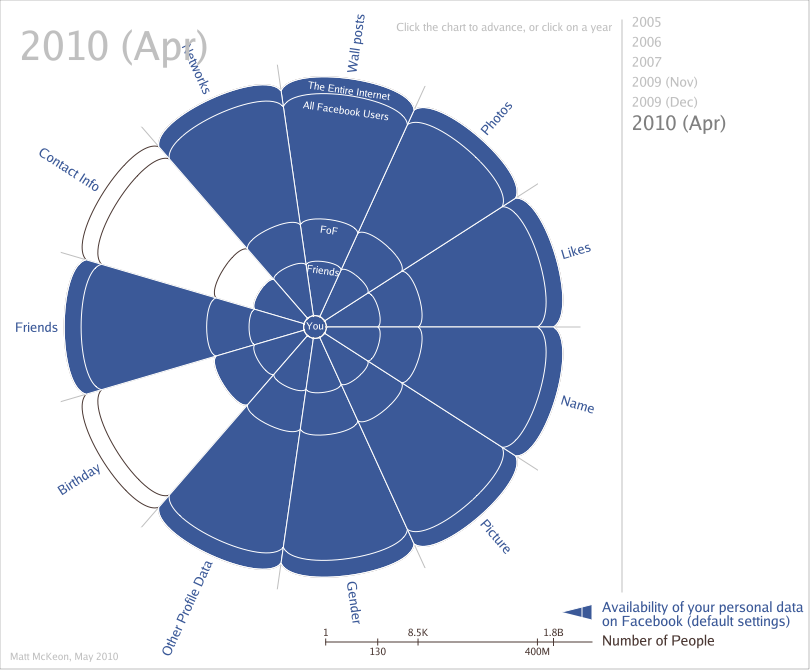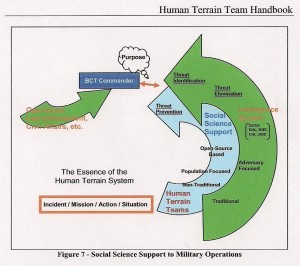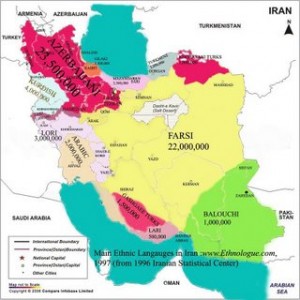People can receive earthquake data from the @USGSTED Twitter account. The site sends maps of earthquake zones to account holders.

The U.S. Geological Survey is using funds from the American Recovery and Reinvestment Act to support a student who’s investigating social Internet technologies as a way to quickly gather information about recent earthquakes.
In this exploratory effort, the USGS is developing a system that gathers real-time, earthquake-related messages from the social networking site Twitter and applies place, time, and key word filtering to gather geo-located accounts of shaking. This approach provides rapid first-impression narratives and, potentially, photos from people at the hazard’s location. The potential for earthquake detection in populated but sparsely seismicly-instrumented regions is also being investigated.
Social Internet technologies are providing the general public with anecdotal earthquake hazard information before scientific information has been published from authoritative sources. People local to an event are able to publish information via these technologies within seconds of their occurrence. In contrast, depending on the location of the earthquake, scientific alerts can take between 2 to 20 minutes. By adopting and embracing these new technologies, the USGS potentially can augment its earthquake response products and the delivery of hazard information.









